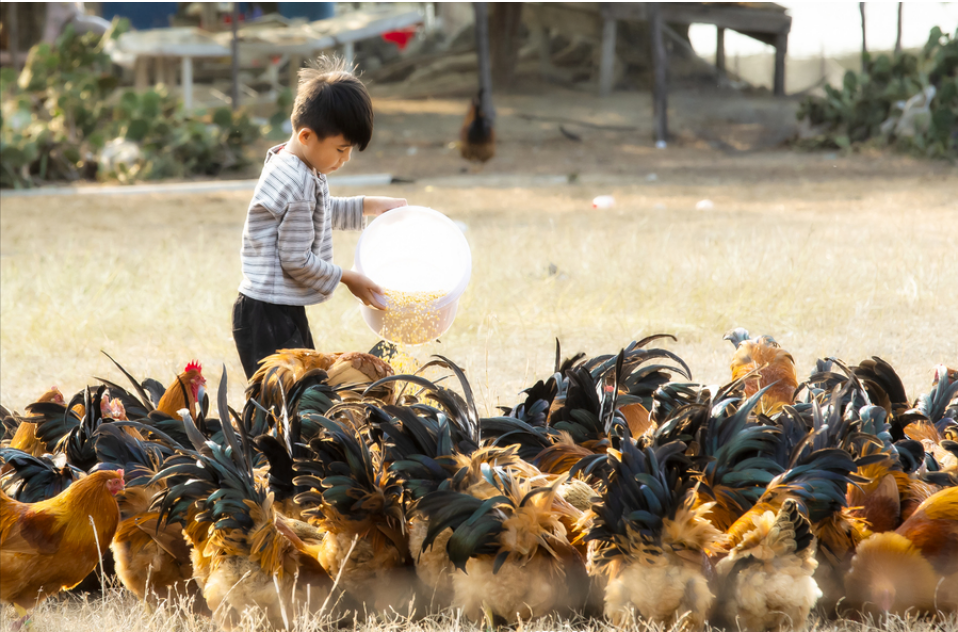With the arrival of spring, the temperature began to warm up, everything is revitalized, which is a good time to raise chickens, but it is also a breeding ground for germs, especially for those poor environmental conditions, lax management of the flock. And currently, we are in the high season of chicken E. coli disease. This disease is contagious and quite difficult to treat, posing a serious threat to economic efficiency. Chicken farmers, it is important to be more aware of the need for prevention.
First, chicken E. coli disease is actually caused by what?
First of all, the hygienic condition of the chicken coop environment is one of the main reasons. If the chicken coop is not cleaned and ventilated for a long time, the air will be filled with too much ammonia, which is very easy to induce E. coli. Furthermore, if the chicken coop is not regularly **disinfected, coupled with a poor feeding environment, this provides a breeding ground for germs, and may even trigger large-scale infections in chickens.
Secondly, the problem of feeding management should not be overlooked. In the daily feeding of chickens, if the feed nutrient composition is not balanced for a long time, or fed moldy or spoiled feed, these will reduce the resistance of chickens, making E. coli take advantage of the opportunity.
Furthermore, the complication of other diseases may also induce E. coli. For example, mycoplasma, avian influenza, infectious bronchitis, etc. If these diseases are not controlled in time, or the condition is serious, it may also further lead to E. coli infection.
Finally, improper medication is also an important causative factor. In the process of chicken disease control, if the abuse of antibacterial drugs or other drugs, will destroy the balance of microflora in the chicken body, thus increasing the risk of E. coli infection.
Second, how to treat chicken E. coli disease?
Once the disease is detected, sick chickens should be isolated immediately and targeted treatment should be carried out. At the same time, preventive measures should be strengthened to avoid further spread of the disease. The following are some suggestions for treatment programs:
1. The drug “Pole Li-Ching” can be used for treatment. The specific usage is to mix 100g of the drug into every 200 kg of feed, or add the same amount of the drug into every 150 kg of drinking water for the sick chickens to drink. The dosage can be adjusted according to the actual situation. 2.
2. Another option is to use compound sulfachlorodiazine sodium powder, which is administered internally at the rate of 0.2g of drug per 2 kg of body weight for 3-5 days. During the treatment period, make sure the sick chickens have enough water to drink. When long-term use of the drug or a large dosage, it is recommended to be used in conjunction with other drugs under the guidance of professionals. Special attention should be paid to the fact that laying hens are not suitable for this program.
3. The use of Salafloxacin Hydrochloride Soluble Powder can also be considered in conjunction with drugs for the treatment of intestinal diseases in chickens to jointly control chicken colibacillosis.
In the course of treatment, in addition to medication, care should be strengthened to prevent healthy chickens from coming into contact with sick chickens and their contaminants to avoid cross-infection. In addition, the treatment of chicken E. coli disease can either be chosen from the above options or the use of antimicrobials for symptomatic treatment. However, before using antimicrobials, it is recommended to conduct drug sensitivity tests and select sensitive drugs for alternate and rational use to prevent drug resistance.
https://www.incubatoregg.com/ Email: Ivy@ncedward.com
Post time: Apr-10-2024





